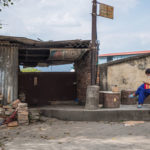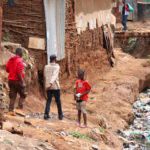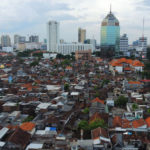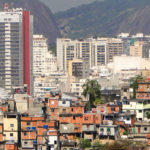Posts tagged with 'World Resources Report'
To date, over 90 countries have set net-zero emissions targets, committing to help prevent the most harmful impacts from climate change. But questions remain around the credibility of many of these pledges and whether these goals will be met. Together, countries with net-zero targets — which ...

About two-thirds of the world’s population will live in cities by 2050. While cities are hubs of innovation and opportunity, the increasing pace of urbanization also exacerbates inequality, stresses infrastructure, and fuels climate change, air pollution and other environmental problems. The ...

The latest UN climate conference, COP27 in Sharm el Sheikh, Egypt, was a significant one for cities in many respects. Delegates established a new fund to help vulnerable countries deal with loss and damages from climate impacts, and some of ...

To achieve more equitable, resilient, low-carbon societies, cities need big changes to critical infrastructure and systems. But ample research shows they can’t raise the investment needed for those big changes on their own. Municipalities depend on higher levels of government ...

Without getting cities right, we cannot solve the climate crisis. Contributing to 75% of energy-related greenhouse gas emissions, it is impossible to overstate their central role. Cities’ choices influence and can drive change in every system that needs to be decarbonized ...

Owusu lives with his wife and four children in the Tantra Hills neighborhood of Accra, Ghana, where he shares his residence with five other tenants and their families. The house has a toilet and electricity, but the costs for both ...

Cities are places of opportunity — and inequality. They are where more than half the world’s population will experience the impacts of climate change. They’re also part of the solution. This podcast highlights Seven Transformations for More Equitable and Sustainable ...

They marched for human rights, for health care and education, but they came for the metro system, burning and damaging more than 86 stations across the city. Massive protests in Santiago last October forced the government to agree to rewrite ...

The COVID-19 pandemic has created a disruptive new normal for everyone through shelter-in-place orders and social distancing guidelines. But for the billions of urban poor, these guidelines aren’t just burdensome; they’re essentially impossible. Social distancing is a critically important response ...

The impacts of the global COVID-19 pandemic are still being understood, but it does seem clear that this crisis will make a mark on cities, physically and socially, that will echo for generations. How we plan our cities has always ...

In the urban neighborhood known as Kosovo Village in Nairobi, Kenya, 95% of residents defecate in communal or shared facilities where untreated human waste drains directly into a nearby river. During a storm, fetid and polluted waters flood the riverbanks, ...

Many cities, particularly in the global South, have large areas of informal settlements ‒ poor neighborhoods that grew organically, but which often lack structurally sound buildings and services like running water, sanitation and waste management. The traditional approach to upgrading ...

Monsoon season has always brought torrential downpours to Gorakhpur, India, but the city has seen record-breaking rainfall in the last few years. Residents of the northern Indian city often find their streets submerged in water, their houses waterlogged. Stagnant floodwaters ...

The narrative about global inequality and poverty often focuses on rural areas in the global south, with a heavy emphasis on sub-Saharan Africa and South Asia. But the reality is that poverty is becoming more concentrated in cities across the ...

In Mexico City, someone living in one of the wealthiest neighborhoods has 28 times better access to jobs in a 30-minute trip by public transit and walking than someone living in the poorest areas. Twenty-eight times. And this says nothing ...









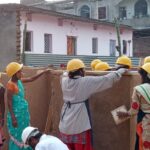
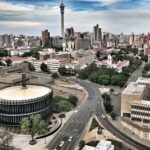
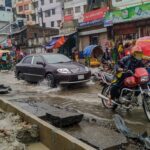
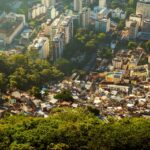
![How More Equal Cities Can Be Climate and Development Solutions [PODCAST]](https://www.thecityfix.org/wp-content/uploads/2021/10/29368911180_079a71dee6_c-690-150x150.jpg)


